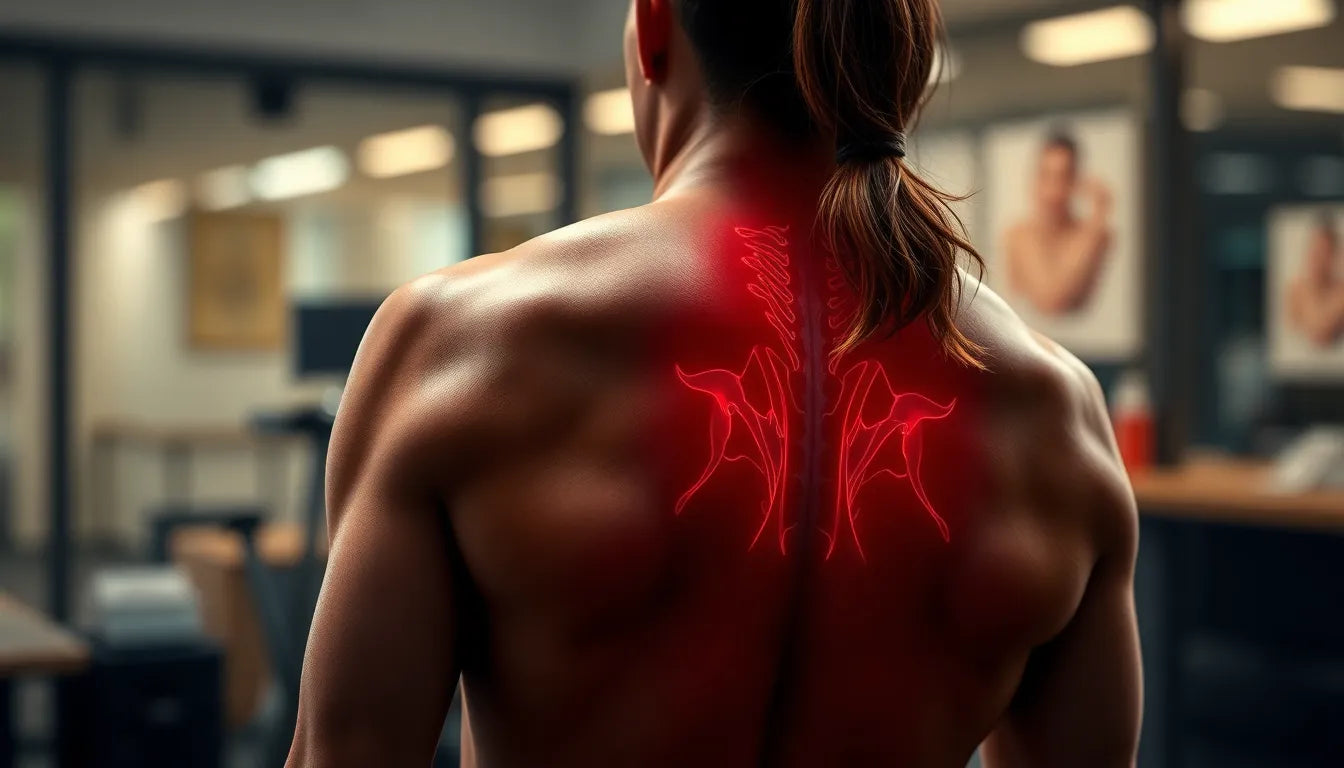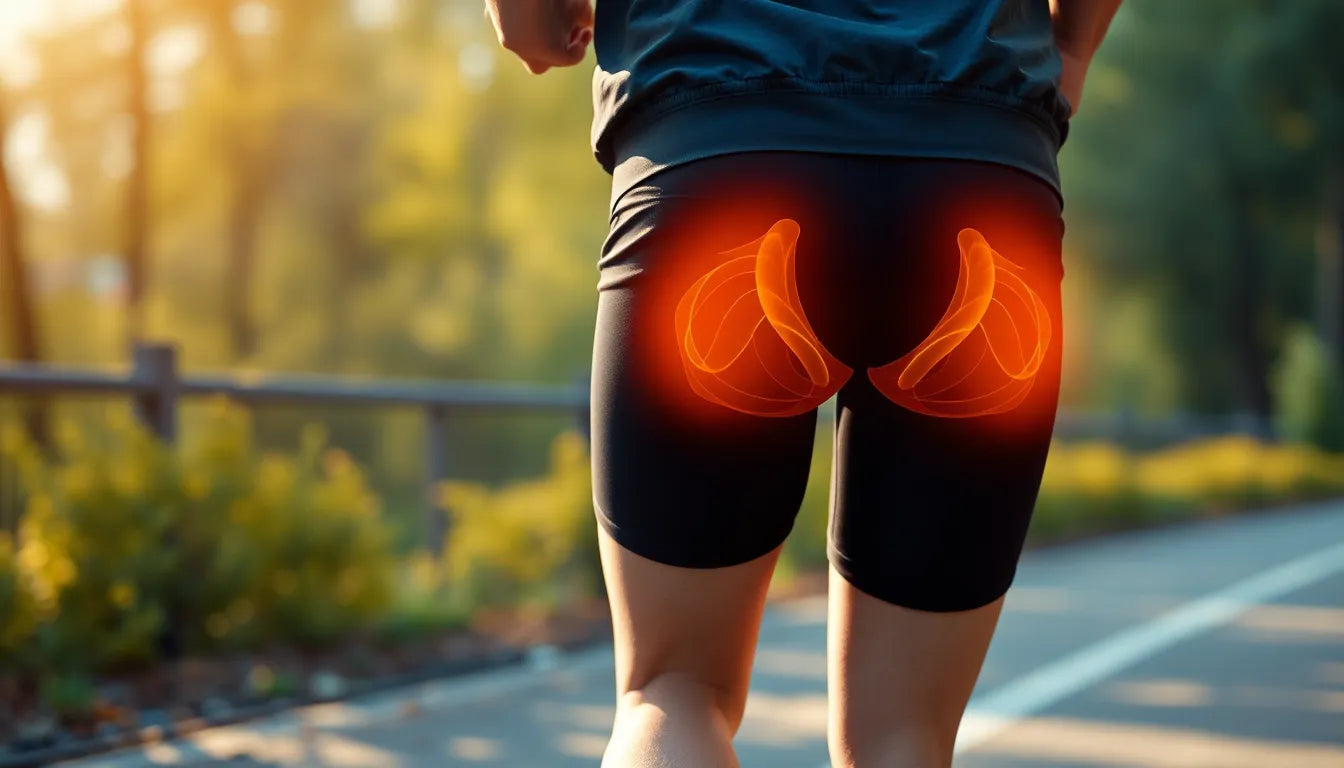Understanding the intricacies of spinal health is crucial, especially when it comes to common issues like herniated discs and bulging discs. These conditions are often discussed in medical circles due to their impact on a person's mobility and overall quality of life. The spine, a complex structure composed of vertebrae and intervertebral discs, plays a vital role in providing both flexibility and cushioning to the body. Intervertebral discs act as shock absorbers, allowing us to move freely and comfortably. However, when these discs encounter problems, it can lead to significant discomfort and limitations.
Spinal disc issues are more prevalent than one might think, affecting millions of people worldwide. These issues can arise from various factors, including age-related degeneration, injury, or lifestyle habits. The impact on daily life can be profound, leading to chronic pain and a decrease in physical activity. This makes understanding the nuances between different types of disc problems, such as herniated and bulging discs, all the more essential.
Why understanding the differences matters
When it comes to spinal disc issues, distinguishing between a herniated disc and a bulging disc is crucial for several reasons. Firstly, the diagnosis of either condition can significantly influence the treatment approach. While both conditions involve the intervertebral discs, they differ in their manifestations and potential complications. A herniated disc occurs when there is a tear in the disc's outer layer, allowing the inner gel-like substance to leak out. This can lead to intense pain, especially if the leaked material compresses nearby nerves. On the other hand, a bulging disc involves the disc protruding outward without a tear, often affecting a larger portion of the disc but usually causing less severe symptoms.
The commonality of these conditions underscores the importance of proper diagnosis and treatment. Symptoms can range from mild discomfort to severe pain and neurological issues, such as numbness or weakness in the limbs. Understanding the specific condition is key to managing symptoms effectively and preventing further complications. This knowledge empowers individuals to make informed decisions about their health and seek appropriate medical care.
Furthermore, recognizing the differences between herniated and bulging discs can aid in setting realistic expectations for recovery and management. While some cases may resolve with conservative treatments like physical therapy and lifestyle modifications, others might require more intensive interventions, including surgery. By grasping the distinctions, individuals can better navigate their treatment options and work collaboratively with healthcare professionals to achieve optimal outcomes.
In conclusion, the prevalence and potential severity of spinal disc issues make it imperative for individuals to educate themselves about these conditions. By understanding the differences between herniated and bulging discs, people can take proactive steps towards maintaining spinal health and improving their quality of life. As we delve deeper into this topic, we will explore the definitions, symptoms, and diagnostic approaches that further clarify these common yet distinct spinal conditions.
understanding herniated and bulging discs
When delving deeper into spinal disc conditions, it is crucial to understand the nuances between a herniated disc and a bulging disc. Both conditions involve issues with the intervertebral discs, but they present differently in terms of structure and symptoms. This distinction is vital for accurate diagnosis and effective treatment.
herniated disc: causes and characteristics
A herniated disc occurs when there is a rupture or tear in the disc's outer layer, known as the annulus fibrosus. This tear allows the inner gel-like substance, the nucleus pulposus, to leak out. This leakage can cause significant discomfort if it compresses nearby nerves, leading to intense pain. Common causes of herniated discs include traumatic injuries, such as falls or accidents, heavy lifting, and age-related degeneration. Over time, the discs naturally lose hydration and elasticity, increasing the risk of tears.
bulging disc: understanding the differences
In contrast, a bulging disc involves the disc protruding outward without a tear in the outer layer. The disc remains intact but extends beyond its normal boundary, often affecting a larger portion of the disc. This condition is typically associated with age-related changes, repetitive strain from certain activities, or poor posture. Unlike herniated discs, bulging discs are less likely to cause severe symptoms unless they press on nearby nerves.
symptom comparison: herniated vs bulging disc
The symptoms of herniated and bulging discs can vary significantly. A herniated disc often results in acute pain, particularly if the leaked material compresses spinal nerves. This can lead to neurological symptoms such as numbness, tingling, and weakness in the limbs, depending on the location of the herniation. For instance, a herniated disc in the lumbar region may affect the legs, while one in the cervical region could impact the arms.
On the other hand, bulging discs are frequently asymptomatic. However, if they do cause symptoms, it is usually due to pressure on adjacent nerves. The pain is generally less severe compared to herniated discs, and neurological symptoms are less common. Individuals may experience mild discomfort or localized pain, particularly during certain movements or activities.
diagnostic approaches for spinal disc issues
Accurate diagnosis is essential for differentiating between herniated and bulging discs. Medical professionals often utilize imaging techniques like MRI and CT scans to visualize the spine's condition. These scans provide detailed images of the discs and surrounding structures, helping to identify the specific issue. Additionally, a thorough medical examination and patient history are crucial in understanding the onset and nature of symptoms, guiding the diagnostic process.
In conclusion, understanding the distinctions between herniated and bulging discs is critical for effective management and treatment. By recognizing the specific characteristics and symptoms of each condition, individuals can seek appropriate medical advice and interventions. This knowledge not only aids in alleviating discomfort but also empowers individuals to make informed decisions about their spinal health. As we continue to explore this topic, we will delve into treatment options and preventive measures that can further enhance quality of life for those dealing with these common spinal conditions.

Lumbar support belt
Provides adjustable support and relief for lower back pain and herniated discs.
Exploring treatment options for spinal disc issues
When it comes to managing spinal disc issues, understanding the available treatment options is crucial. Both herniated and bulging discs can often be addressed with conservative treatments, but in certain cases, surgical intervention may be necessary. The choice of treatment depends on the severity of symptoms and the specific condition affecting the individual.
Conservative treatments
For many individuals, conservative treatments provide effective relief from the discomfort associated with herniated and bulging discs. Rest and activity modification are often recommended to alleviate strain on the spine. In addition, physical therapy plays a significant role in treatment, focusing on exercises that strengthen the back and improve flexibility, which can help reduce pain and prevent further issues.
Pain management is another essential aspect of conservative treatment. Medications such as nonsteroidal anti-inflammatory drugs (NSAIDs) and muscle relaxants are commonly used to manage pain and inflammation. These medications can provide significant relief, allowing individuals to engage in physical therapy and other activities that promote recovery.
Surgical options
While conservative treatments are effective for many, some cases may require surgical intervention, particularly in instances of severe herniated discs. Surgery is typically considered when conservative methods fail to alleviate symptoms or when there is significant nerve compression leading to severe pain or neurological deficits.
Common surgical procedures include discectomy, where the herniated portion of the disc is removed, and laminectomy, which involves removing part of the vertebra to relieve pressure on the spinal cord or nerves. These procedures aim to reduce pain and improve mobility, allowing individuals to return to their daily activities with less discomfort.
Preventive measures and ergonomic practices
Prevention is key in managing spinal disc issues and maintaining overall spinal health. Implementing ergonomic practices in daily activities can significantly reduce the risk of developing disc problems. Maintaining good posture, especially during prolonged sitting or standing, is essential to minimize strain on the spine.
Ergonomic aids, such as supportive chairs and adjustable desks, can further enhance comfort and reduce the risk of disc-related issues. These aids promote proper alignment and reduce the likelihood of repetitive strain, which is often a contributing factor to disc problems.

Men's Posture Shirt™ - White
Patented shirt that activates muscles and helps relieve pain and tension in back and neck.
Incorporating regular exercise into one's routine is also beneficial for spinal health. Strengthening the core muscles and maintaining a healthy weight can reduce the stress on intervertebral discs, lowering the risk of both herniated and bulging discs.
Conclusion
Understanding the differences between herniated and bulging discs is essential for effective management and treatment. By recognizing the symptoms and exploring appropriate treatment options, individuals can take proactive steps to alleviate discomfort and improve their quality of life. Seeking professional medical advice is crucial for accurate diagnosis and developing a tailored treatment plan that addresses the specific needs of each individual.
Frequently Asked Questions
What causes a herniated disc?
A herniated disc can result from various factors, including traumatic injury, heavy lifting, and age-related degeneration. Over time, the discs lose hydration and elasticity, increasing the risk of tears in the outer layer.
How can I tell if I have a herniated or bulging disc?
Medical imaging, such as MRI or CT scans, is essential for diagnosing whether you have a herniated or bulging disc. A healthcare professional will evaluate your symptoms and medical history to determine the appropriate diagnosis and treatment plan.
Are herniated discs more serious than bulging discs?
Herniated discs often cause more severe symptoms due to the potential for nerve compression, leading to intense pain and neurological symptoms. However, both conditions require attention and appropriate treatment to prevent further complications.
Can ergonomic products help with disc issues?
Yes, ergonomic products can significantly help alleviate symptoms and prevent further strain on the spine. Ergonomic chairs, desks, and other aids promote proper posture and alignment, reducing the risk of disc-related issues.
Källor
- Neurosurgery One. "Bulging Disc vs. Herniated Disc."
- ADR Spine. "Bulging Disc vs. Herniated Disc: What's the Difference?"
- Cleveland Clinic. "Herniated Disk."
- DFW Spine Center. "Bulging vs. Herniated Disc: What's the Difference?"
- Miami Neuroscience Center. "Herniated Disc."
- Bayou Bend Health System. "What is the Difference Between a Bulging Disc and a Herniated Disc?"
- Long Island Brain & Spine. "Herniated Disc vs. Bulging Disc: What's the Difference?"
- Neurosurgeons of New Jersey. "Bulging Disc vs. Herniated Disc."
- Neuroscience Group. "Herniated Discs vs. Bulging Discs."


















